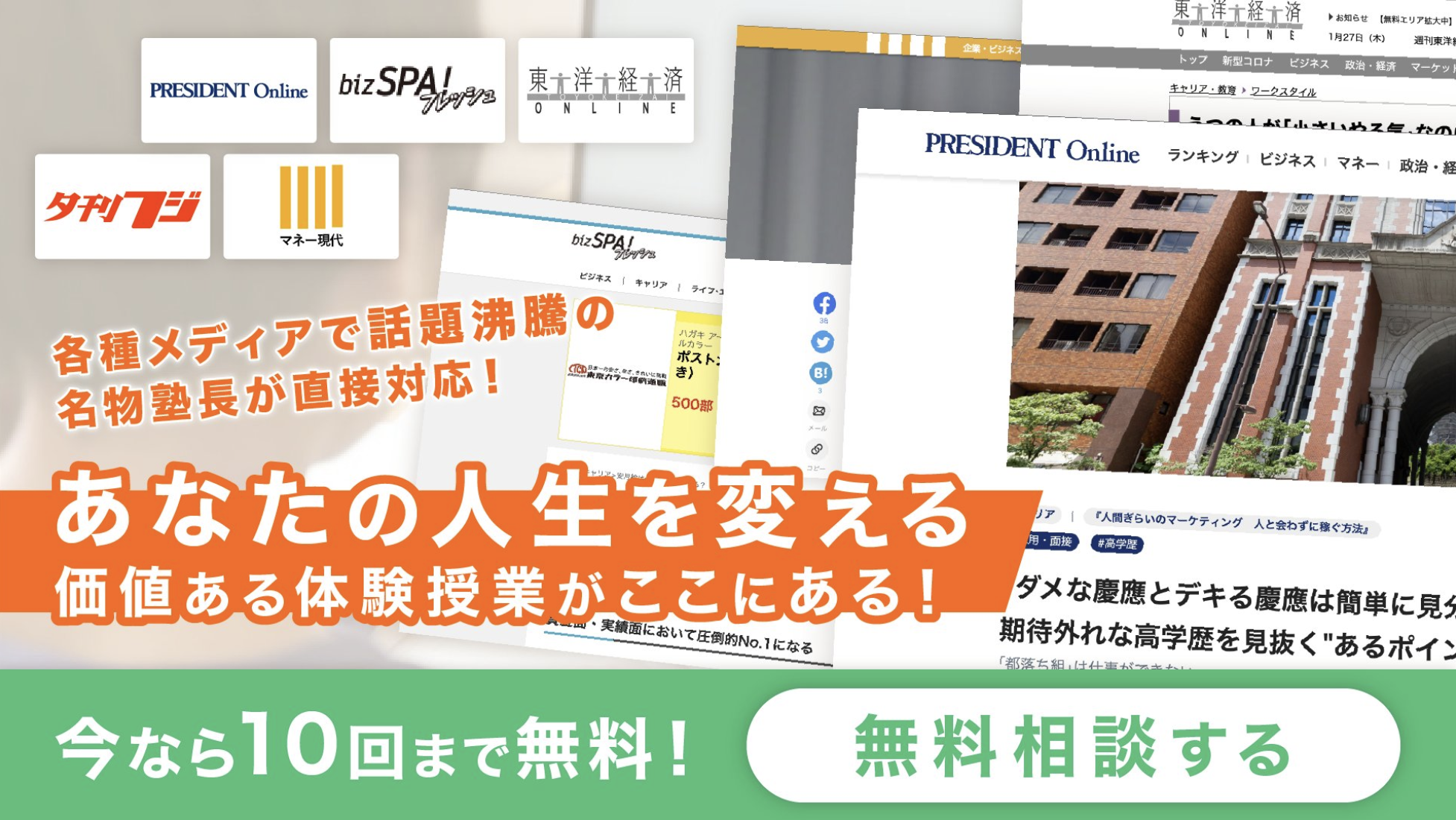慶應義塾大学 経済学部 PEARL入試 志望理由書 提出例(山田 篤裕先生ゼミ向け)
Dr. Atsuhiro Yamada
Professor
Department of Economics, Labor Economics and Social Policies
Keio University
Dear Professor Yamada,
I am writing this letter to explain my motivation in applying for Department of Economics at Keio University, specializing in labor economics and related social policies. As we are exposed to more information and changes than ever, the need for us to truly understand and process them only get bigger. I have read a number of your published work which I was very intrigued by. I hope I am able to highlight my area of studies that I think is very much relevant, and I would be more than grateful if you could kindly give this a consideration.
Introduction
Roughly 30% of full time workers work at minimum wage across the globe. Question is, does a Minimum Wage Help Workers? Or is it social welfare that really helps? An overly generous wage may prompt employers to cut jobs. Minimum wages have been justified on moral, social, and economic grounds, designed to address inequality and protect the lower class. That sounds like an amazing idea in the short term, recently Prime Minister Shinzo Abe’s Council on Economic and Fiscal Policy recommended that the government draw up detailed measures to bring the nationwide average minimum wage up to ¥1,000 per hour as soon as possible. According to an article on Asahi Shimbun newspaper, the recommendation could cause some concern since the government is anxious about the instability of the business environment owing to factors such as the ongoing U.S.-China trade tensions, and increasing the minimum wage too quickly may place an unwanted burden on small and midsize companies.
Discussion
In “Shin Nihon no Kaikyu Shakai” (The New Japanese Class Society), sociologist Kenji Hashimoto claims that class divisions are widening. Traditionally, there were only two classes, owners and workers. However, the rise of the white-collar employees following WWII created a middle class, where in principle salarymen belonged to the workers’ class. Hashimoto breaks the current population down into five classes – Owners, HigherMiddleClass, MiddleClass, LowerMiddleClass and Low Class. As it stands, minimum wage earners barely get by. The underclass in Japan makes roughly 40 percent of the national median income, while in Europe, the underclass makes anywhere from 60 to 70 percent of the median income, depending on the country. Minimum wage is necessary but it could promote layoffs and cuts on middle management jobs, that could affect a large number of people in the country as Japanese companies function based on precise division of responsibilities.
Conclusion
The Japanese government tends to do what the business community wants, considering recent situation, keeping a lid on radical wage increases. In addition, the labor shortage problem might be more easily solved if people were guaranteed a little more money as more and more of the newer generations choose to not work full-time and stay self-employed or work online. With the prospect of our society becoming even more high tech and welcoming new innovations, it is crucial we understand interactive effects of new technologies, corresponding policies and labormarket. I assume this can add a good case study and collect useful panel data points conducted in your seminar and I would love to take part. Thank you very much for taking the time to read and I look forward to hearing from you soon.
Sincerely yours,
*最低生活保障の実証分析:生活保護制度の課題と将来構想, 山田 篤裕,駒村 康平,四方 理人,田中 聡一郎,丸山 桂 , 有斐閣, 2018年07月 *Comparing the minimum income standard in the UK and Japan, Davis Abigail, Hirsch Donald, Iwanaga Rie, Iwata Masami, Shigekawa Junko, Uzuki Yuka, Yamada Atsuhiro, Social Policy and Society 13 ( 1 ) 89 – 101 2014年01月






コメントを残す